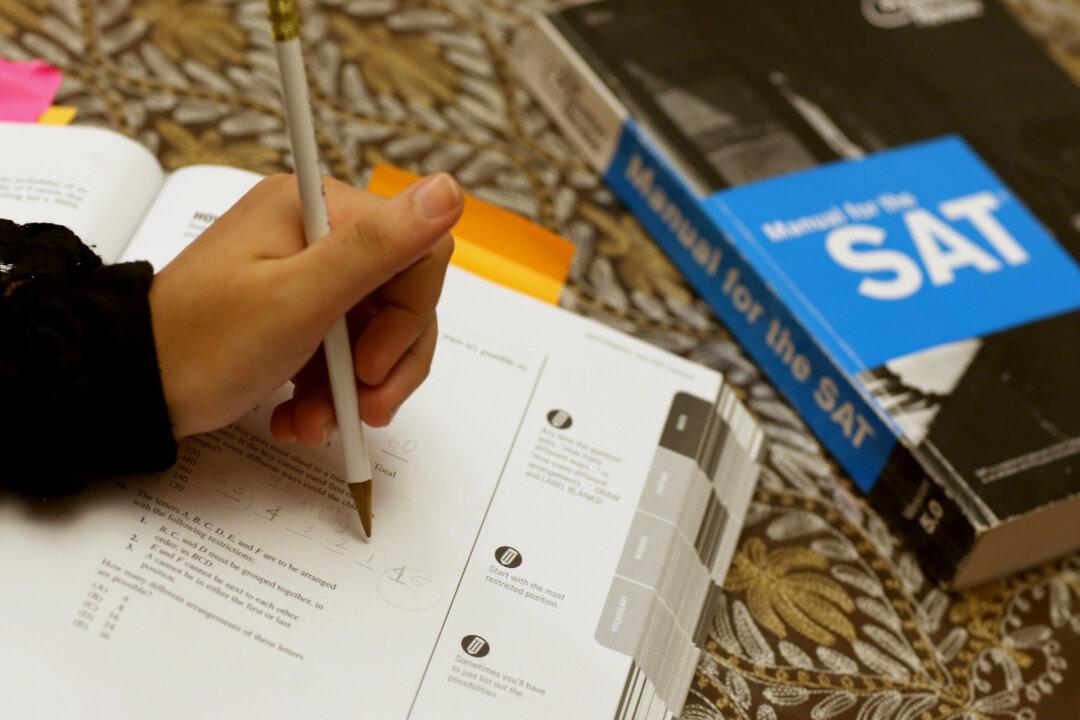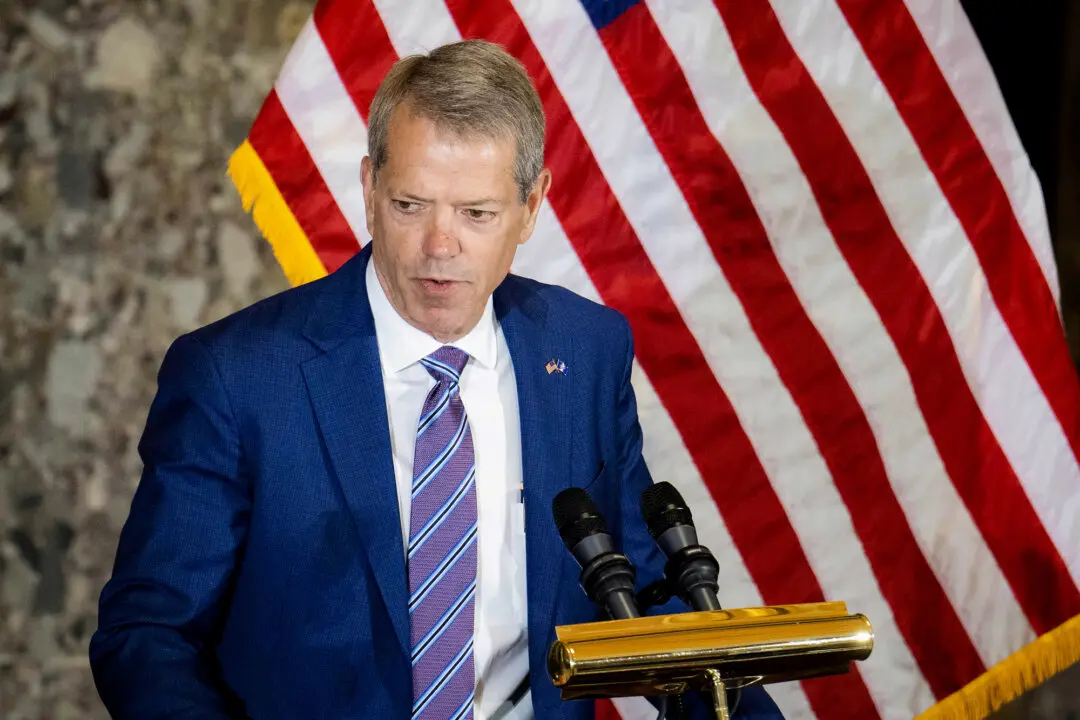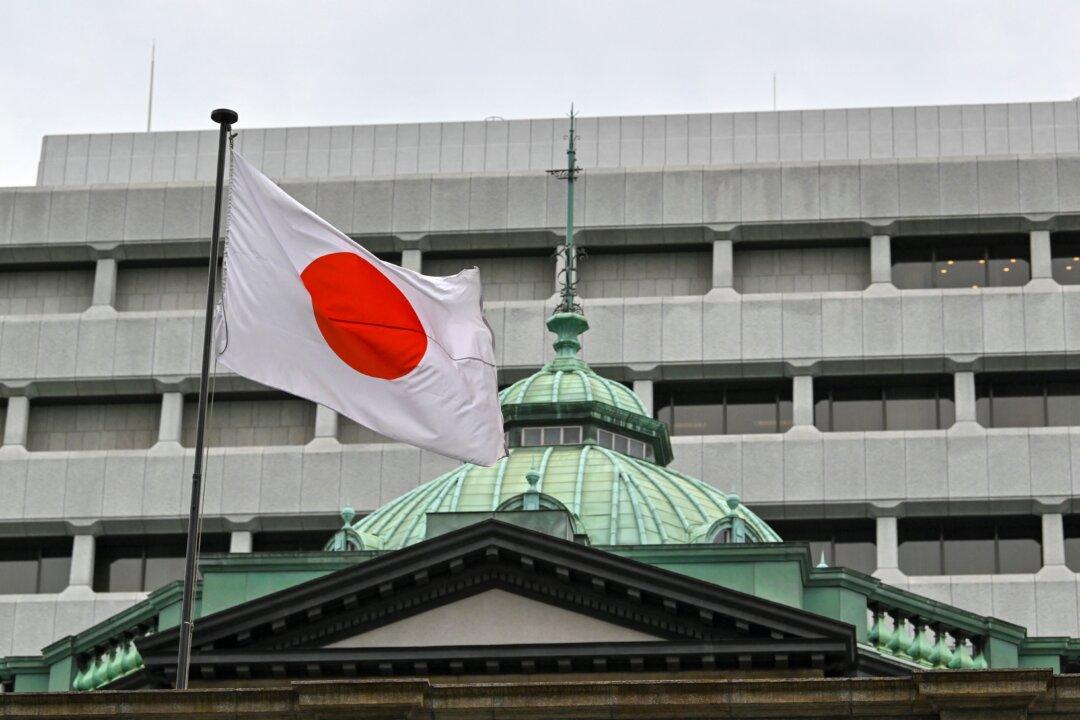Enrollment in U.S. colleges and universities saw a sharp drop this spring, displaying a decline seven times worse when compared to 2020 numbers, according to new data from an education research nonprofit.
According to an annual report from the National Student Clearinghouse, released on June 10, overall spring enrollment in programs at U.S. colleges saw a one-year decline of 3.5 percent, or 603,000 students. That represents a decline to 16.9 million students, from 17.5 million a year earlier.





